Unearthing a Pristine Piece of History
In a discovery that has captivated the archaeological world, a team of Egyptian researchers has unearthed a 3,500-year-old mummy described as “almost perfect” in its state of preservation. The find, made deep within an ancient tomb, has provided an extraordinary window into Egypt’s past — a world where life, death, and the afterlife were intricately connected through sacred ritual and craftsmanship.
The tomb, believed to date back to the New Kingdom period, was found remarkably intact, containing funerary artifacts, amulets, and hieroglyphic inscriptions that narrate the life and status of the individual buried within. Experts have called this one of the most well-preserved mummies ever found, with the wrappings, features, and adornments showing astonishing clarity despite the passage of millennia.
Insights into Ancient Egyptian Civilization
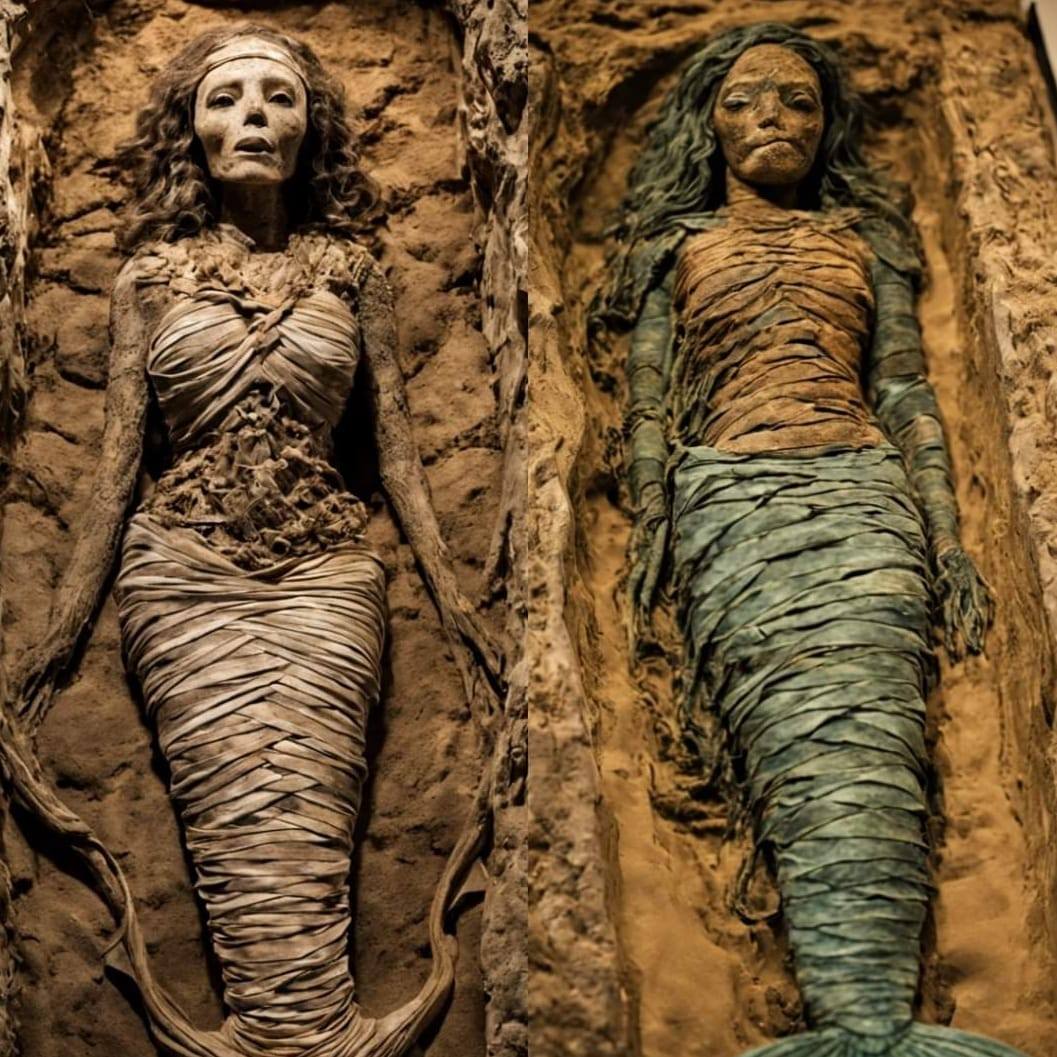
The discovery has reignited global fascination with the ancient Egyptians’ advanced burial practices. Unlike many other civilizations, Egyptians viewed death as a transition rather than an end — a journey to the afterlife that required careful preparation. The newly uncovered mummy stands as both a scientific marvel and a spiritual artifact, offering scholars rare insight into the beliefs, technologies, and artistry of the time.
Preliminary studies suggest that the tomb belonged to an elite individual — possibly a high-ranking official or noble — given the quality of the wrappings, the intricacy of the jewelry, and the fine materials used in burial. Hieroglyphs on the coffin mention blessings from Osiris, the god of the afterlife, underscoring the individual’s revered status and the culture’s devotion to the gods who governed eternity.
The Meticulous Art of Mummification
The mummification process reflected both science and faith. Through careful preservation, the ancient embalmers aimed to keep the body recognizable for the soul — known as the Ka — to return to after death. The condition of this “almost perfect” mummy provides an unprecedented opportunity to study the techniques that made such preservation possible.
The body was found wrapped in linen layers sealed with resins, which have maintained their structure and color for thousands of years. Chemical analysis revealed traces of natron salts, the natural preservative used to dehydrate and purify the body. Some organs were found intact inside ceremonial canopic jars — an extraordinary sign of care and reverence in the embalming process.
What’s even more impressive is that facial features — such as the contours of the nose and lips — remain discernible, a testament to the embalmers’ skill and precision. These details help archaeologists reconstruct the appearance of the deceased and provide a tangible connection to a person who lived more than three millennia ago.
A Testament to Ancient Knowledge and Spiritual Dedication

This discovery underscores the sophistication of ancient Egyptian science. The embalmers were not simply artisans but early chemists and engineers, combining practical knowledge with spiritual philosophy. Their work reflected a belief that death was merely the beginning of another existence — one that demanded a preserved body and offerings to ensure eternal life.
The quality of the wrappings and the composition of the embalming materials suggest that the individual buried here was of considerable importance, possibly connected to royal or temple service. Fine amulets were found sewn into the linen, each symbolizing protection and divine favor — including the Eye of Horus and the Scarab of Rebirth.
A Glimpse into the Past
The tomb itself offers a rare glimpse into the funerary architecture of the New Kingdom. Its walls are adorned with faded yet legible scenes depicting the journey of the soul through the afterlife — from judgment before Osiris to rebirth in the Field of Reeds, the Egyptian paradise.
Accompanying the mummy were various objects that would have served the deceased in eternity: ceramic jars, jewelry, and even fragments of a wooden staff. Such artifacts illustrate the Egyptians’ deep reverence for continuity between life and death.
Dr. Amina El-Gamal, one of the lead archaeologists on the team, described the find as “a moment frozen in time — a story that has waited 3,500 years to be told.”
Unraveling Mysteries and Secrets
The ongoing research aims to answer key questions: Who was this person? What was their role in society? And what can their preserved body tell us about health, diet, and daily life in ancient Egypt?
Advanced imaging techniques, such as CT scanning and DNA analysis, will allow scientists to study the internal structure of the mummy without disturbing the wrappings. Early results suggest that the individual lived into middle age and may have suffered from mild arthritis — a common ailment even in ancient times.
The team also hopes to analyze pollen and dust samples from the tomb, which could reveal details about Egypt’s climate, flora, and environmental conditions thousands of years ago. Such insights go far beyond individual biography, enriching our understanding of how ancient societies adapted to their surroundings.
A Significant Milestone in Archaeological Research
The discovery of this “almost perfect” 3,500-year-old mummy marks a significant milestone in modern archaeology. It is not merely a relic of the past but a bridge connecting the ancient and contemporary worlds. Every detail — from the preserved bandages to the hieroglyphic prayers — brings us closer to understanding how Egyptians viewed life, death, and eternity.
As restoration and analysis continue, experts believe that this discovery could rank among the most important finds of the decade, standing alongside iconic tombs such as those of Tutankhamun and Yuya and Thuya.
For Egypt, it is another proud chapter in an unending story — a reminder that beneath the sands still lie secrets waiting to be revealed, each one offering a new perspective on the brilliance and humanity of the world’s first great civilization.
Sources:
-
Egypt’s Ministry of Tourism and Antiquities – Official Press Release on New Kingdom Tomb Discovery
-
National Geographic – Ancient Mummification Practices Explained
-
Smithsonian Magazine – The Science Behind Egypt’s Perfectly Preserved Mummies
-
BBC News – Archaeologists Discover Exceptionally Intact 3,500-Year-Old Mummy in Egypt
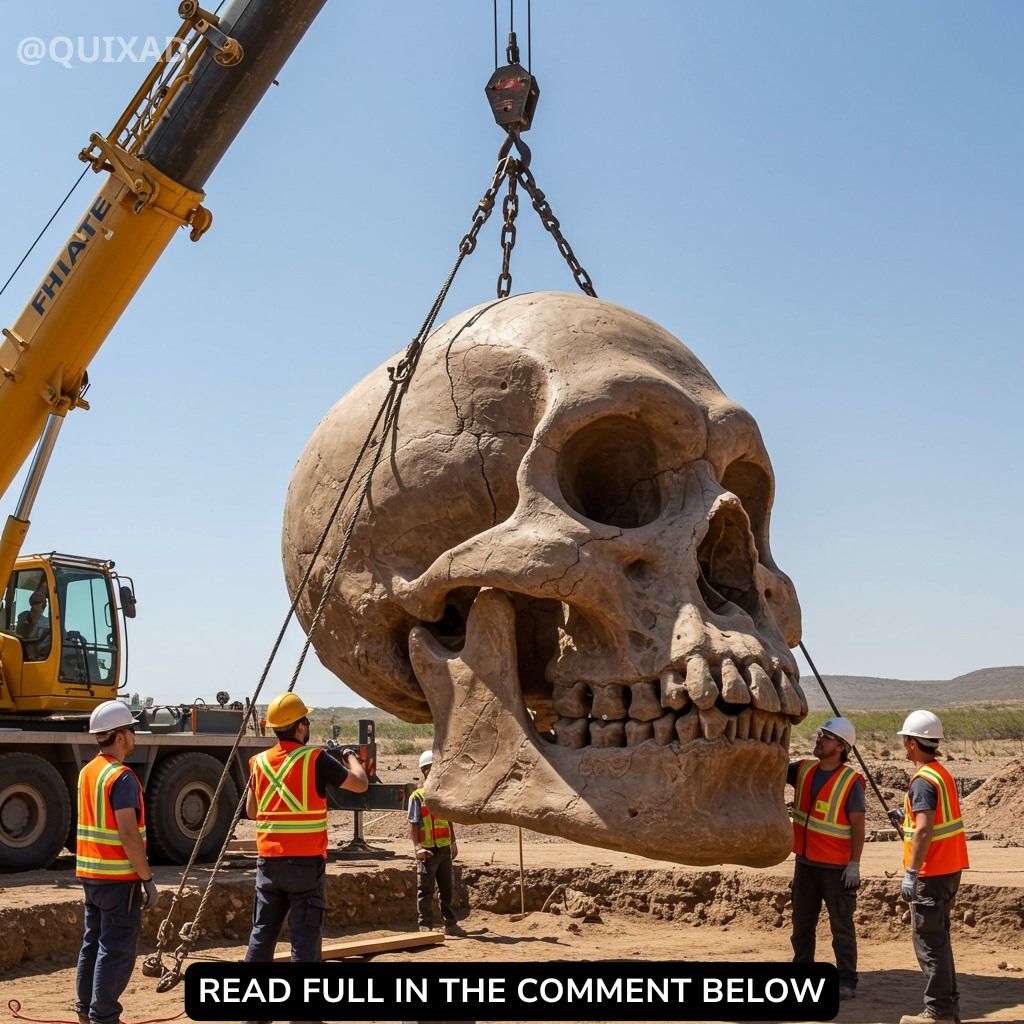

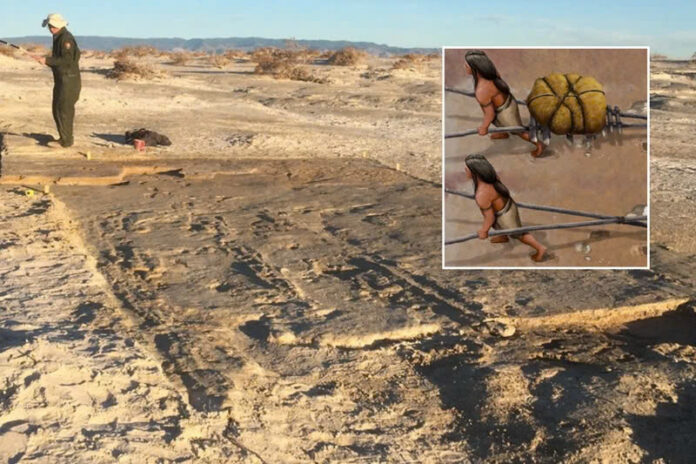
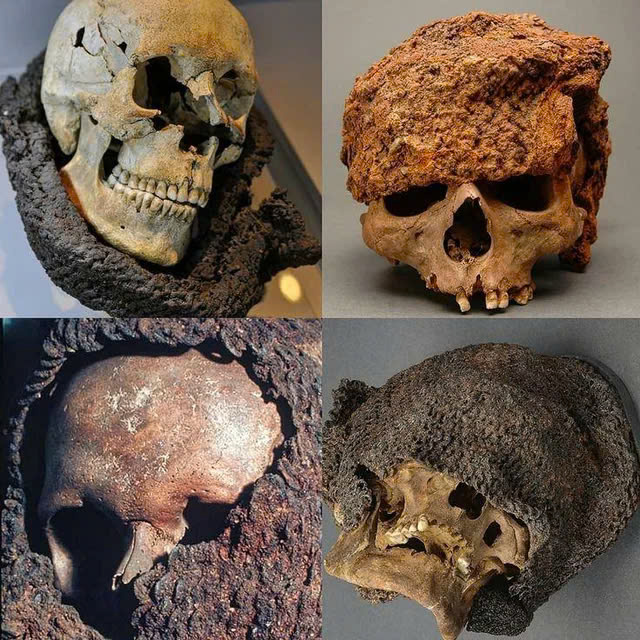

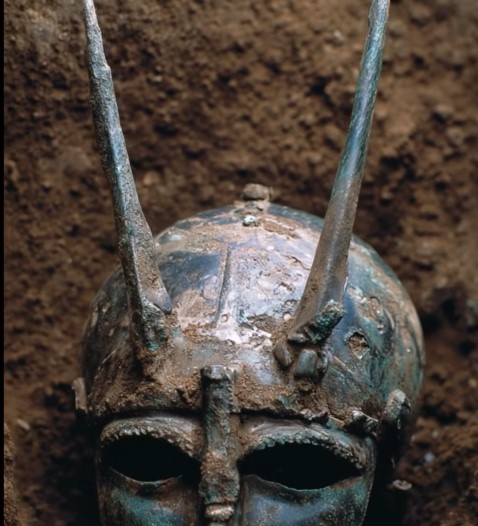

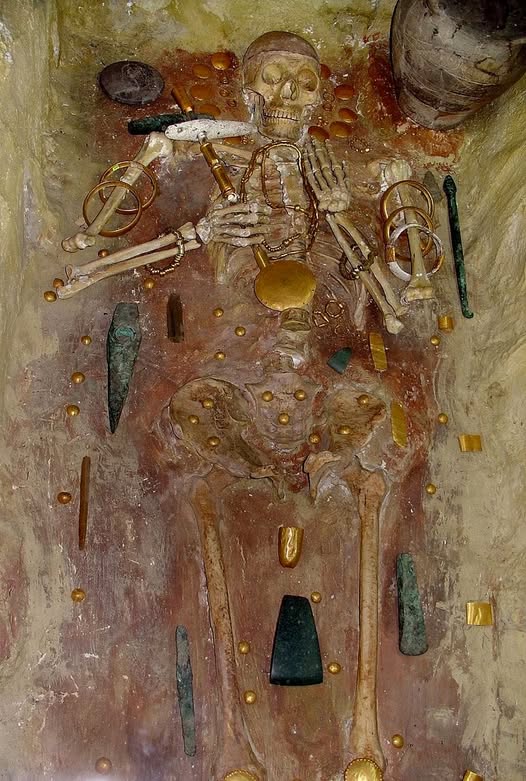


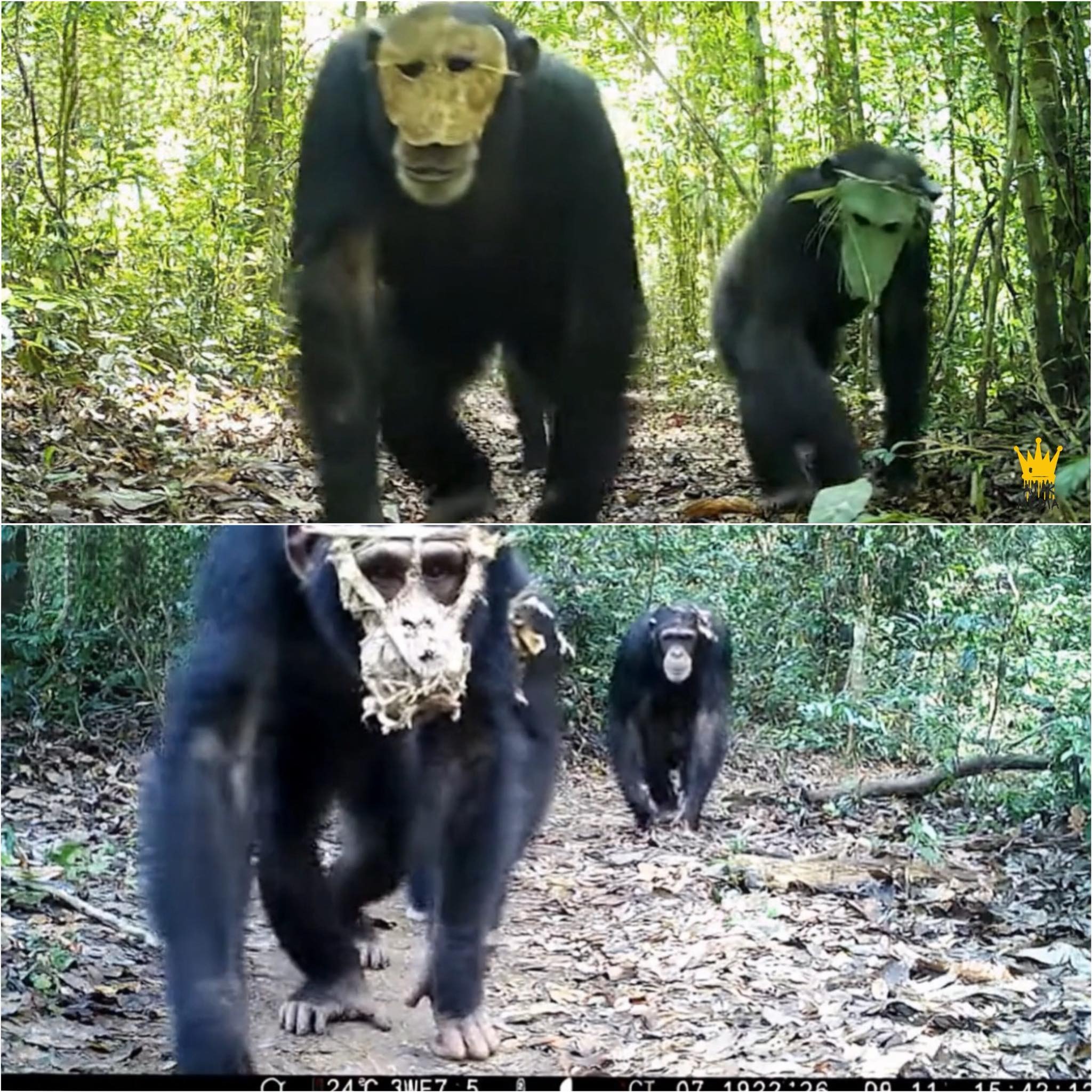
Leave a Reply